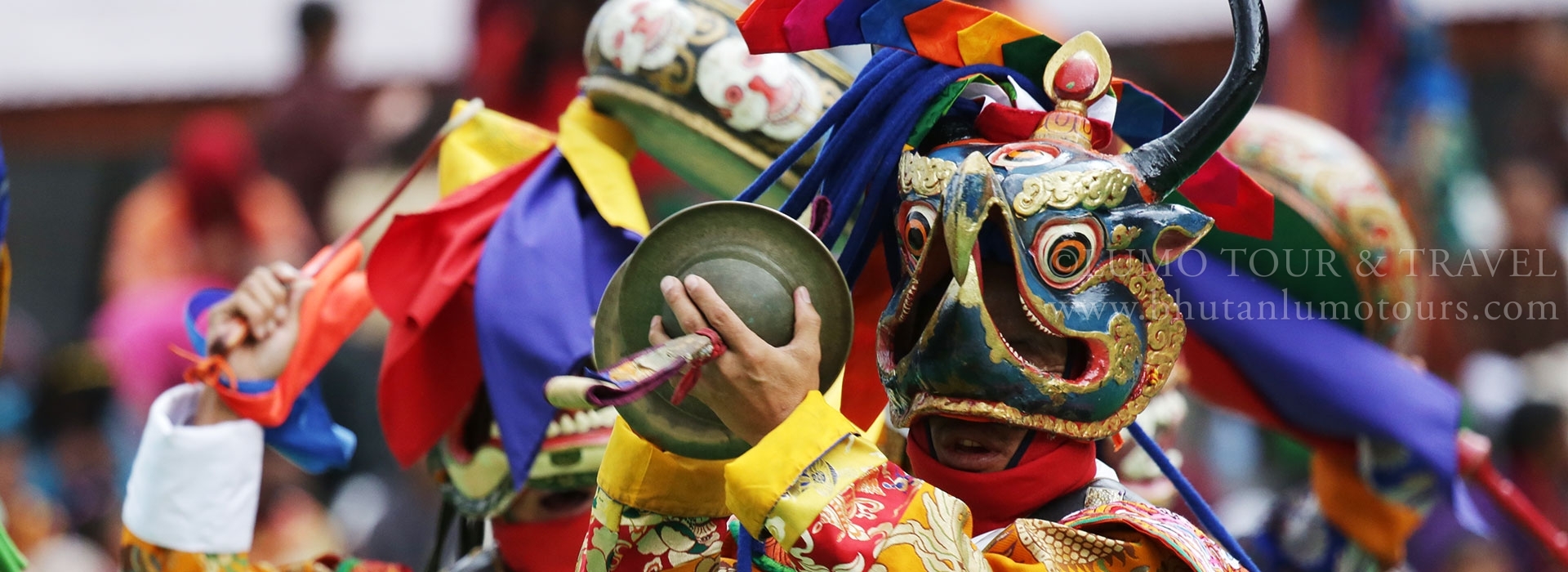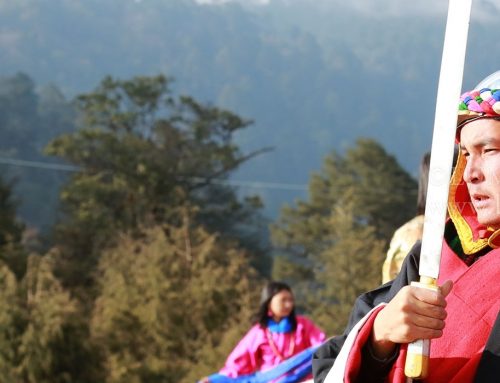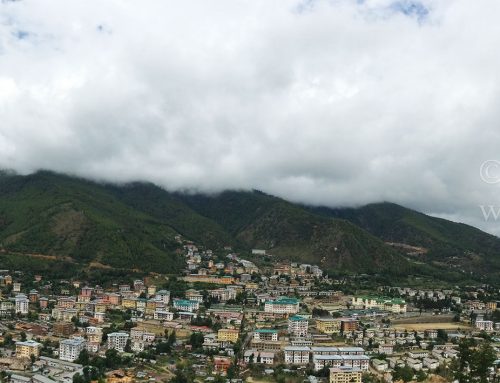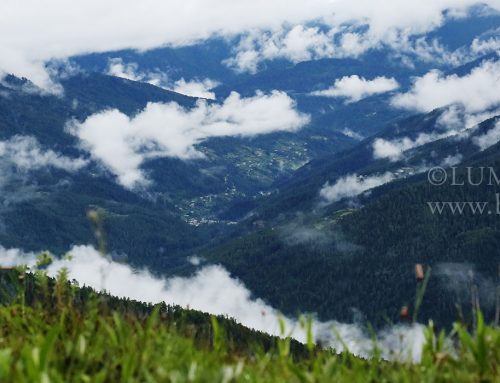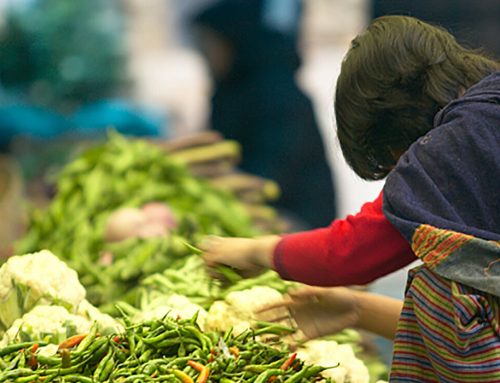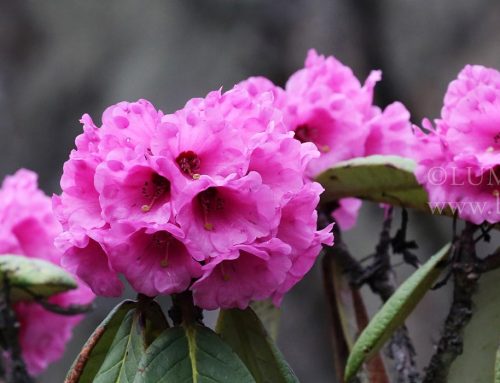Bhutanese arts and crafts stand a pulsating testimony to the country’s rich cultural heritage. Apart from its roots in the intrinsic religious significance, it possesses a boundless creativity in its style.
From the majestic fortresses (Dzongs) to people’s homes, the country’s unique arts and crafts embody the common national consciousness. Its simplicity, use of rich natural colors, and the religious thematic undertones create a poignant expression of the human will to achieve perfection. Although the style resembles that of Tibet, the country’s artisans have however departed from the dictates of easy influence to more experimental self-creativity. Thus, the themes and forms remain uniquely Bhutanese, heavily influenced by the country’s culture and religion.
Bhutan’s thirteen traditional arts and crafts (Zorig Chusum) is a legacy from the 17th century masters. They include: Woodwork (Shing Zo), Stonework (Dho Zo), Carving (Par Zo), Painting (Lha Zo), Sculpting (Jim Zo), Casting (Lug Zo), Wood Turning (Shag Zo), Blacksmithy (Gar Zo), Ornament Making (Troe Ko), Bamboo Work (Tsha Zo), Paper Making (De Zo), Tailoring and Embroidery (Tshem Zo), and Weaving (Thag Zo).
The Institutes of Zorig Chusum, in Thimphu and Trashiyangtse, promote the country’s arts and crafts.
The two institutes have played a pivotal role in propagating the country’s traditional arts and crafts. The very many cottage industries located around the country also engage in specific arts or crafts. Despite the imminent threat from the forces of globalization and liberal trade, the government of Bhutan has helped preserve these arts and crafts through various national initiatives.
For example, Zhemgang, in central Bhutan, is the main producer of bamboo products. Similarly, Trashiyangtse in the east produces paper and wooden bowls. Bumthang is known for its vegetable dyed wool textile called yathra, and Lhuentse for its pure silk weaving Kishuthara. And Thangka painting is almost a divine art with strict geometric proportions.
In the past, the arts and crafts hugely contributed toward the socio-economic need of the people. It continues to remain a major source of cash income for the farmers of Bhutan. Above all, they continue to reflect the way of life and culture of Bhutanese people.


